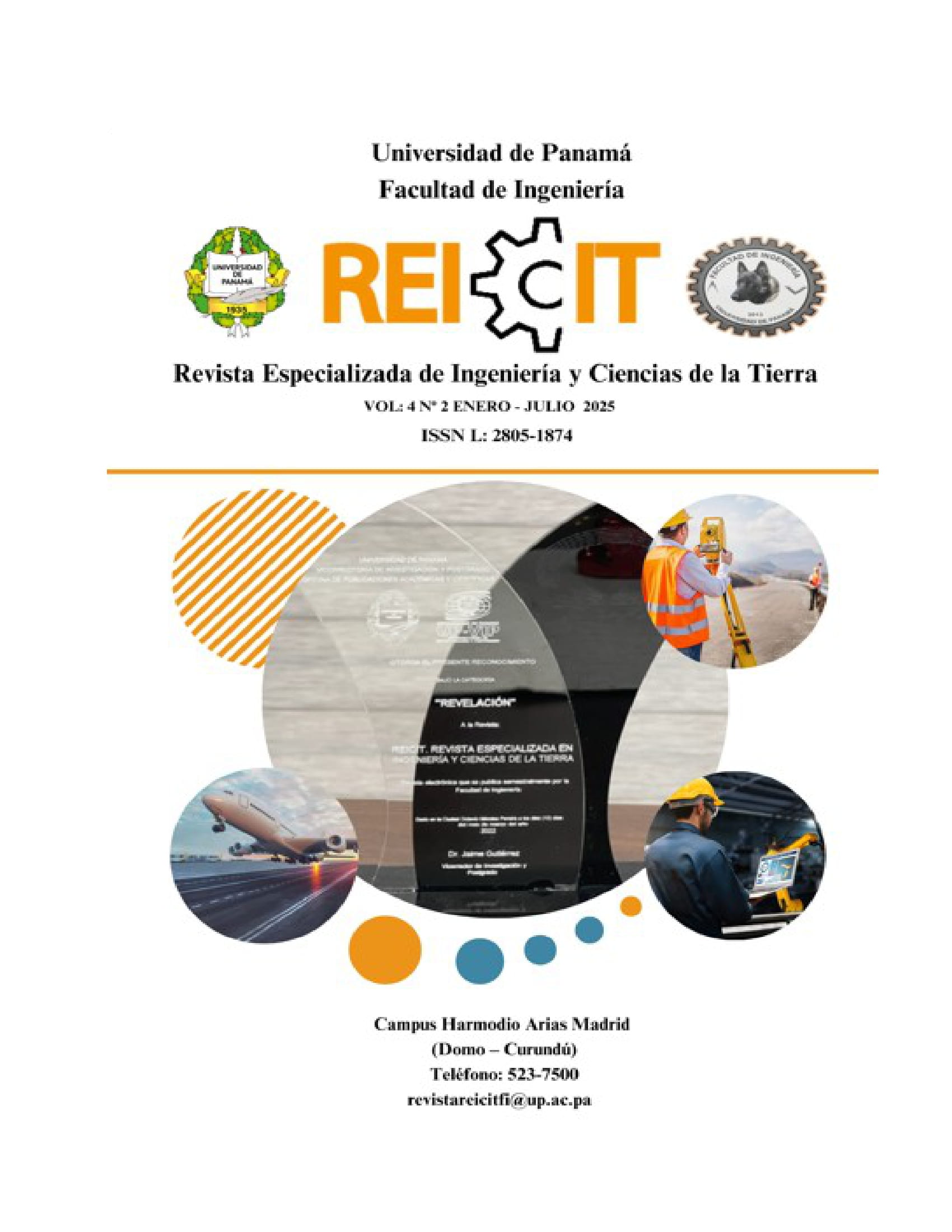

Copyright (c) 2025 REICIT

This work is licensed under a Creative Commons Attribution-NonCommercial-ShareAlike 4.0 International License.
This research aims to analyze the integration of CAD/CAE/CAM systems in Industry 4.0 and offer a real overview of its impact on industrial efficiency for the Latin American sector in 2024. Its integration, adoption, implementation and challenges presented in the region are analyzed. For this research, a mixed approach is used, applying the qualitative approach to collect non-numerical data and the quantitative approach to collect and analyze numerical data in order to identify patterns, test hypotheses and establish statistical relationships; This is of transversal and descriptive use because the data is measured at a single point in time, using the independent variable degree or type of integration and dependent variables effectiveness of the systems, accuracy of the design and quality of the final product. The data collection was carried out using a documentary method, using various previous studies in order to build our own research. The dimensions of the dependent variable are found in industrial areas where it has been implemented, for Panama in the dentistry sector and in other Latin American countries in manufacturing such as the manufacture of plastic injection molds. The results indicate that since 2010, Latin American countries have adopted this system in their industrial processes. However, there are countries, such as Panama, that are still lagging behind in adoption, because it is observed that the impact is not yet as pronounced as in regions with greater technological maturity. Infrastructure and training are critical areas that require attention to maximize the impact of these technologies. We can conclude that the integration of these systems represents a significant advance for the industrial sector in Panama and Latin America, validating that these technologies can significantly transform efficiency and quality in highly competitive industries.